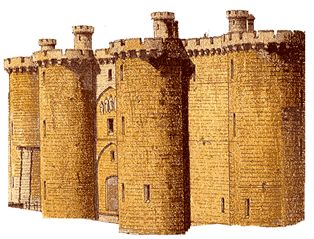

18th CENTURY RECIPE: Darioles
Darioles are a kind of custard, or custard filled pastry, that have been around for hundreds of years. If you'd like to see how the recipe has evolved over the centuries, I've added a page to my book site that shows a number of ways these have been made: http://www.chezjim.com/books/one_recipe.html
This one is from the French Cook (Le Cuisinier Francois), 1680) by the famous cook La Varenne:
Put in a basin or a pan for example the fourth of a litron [1 litron=1.7608 British pint] of fine flour, and the white and yolk of 2 eggs: knead these things together well with a spatula or a spoon, adding a bit of milk little by little, and salt as desired; because not much is needed; soak this flour or mixture well as if it was to make gruel; and when the mixture is well kneaded, add a pint of milk which must be well mixed with the above... and if you do not have cow's milk or that of any other animal, one can use almond milk in which case one must add a bit more flour.
The mixture being ready put a crust in a pie pan and the pie pan being in the oven, fill it sufficiently, with the said mixture; cook this in the oven, and when it is cooked and removed from the oven, slit a cross in it, without touching the crust, then put in the slit in the dariole a piece of good unsalted butter about the size of a walnut; a good eighth of a pint of powdered sugar with a little rose water then put your dariole back in the oven, so that the butter and the sugar melt, and flavor this pastry, which happens quickly, then take it out of the oven; ...
It takes about half an hour to cook a dariole or pie of a pint of milk.
When this dariole is done, you can add butter, sugar and rose water, as said above, otherwise you can simply sprinkle it with sugar and a little rose water.

|




